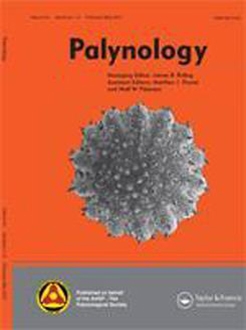Pollen loads of Apis mellifera were analysed to assess their daily pollen collection, polleniferous flora and their pollen biomass contribution in southern West Bengal, India. After that, the pollen host selection and pollen foraging activity of the bee species were also determined. The average daily harvest of pollen loads per honey bee colony was 8.5 g to 127.2 g. The pollen flow through the colonies was the highest during spring, followed by winter and summer, whereas during the monsoon it was the lowest. The weight of a single pollen load ranged from 3.22 mg to 11.73 mg and greatly varied within each season, but seasonal average values do not statistically differ. Families that contributed major amount of biomass were Arecaceae, Myrtaceae, Brassicaceae, Fabaceae, Pedaliaceae and Apiaceae. Taxa providing large amounts of biomass were Brassica nigra, Eucalyptus globulus, Borassus flabellifer, Sesamum indicum, Acacia auriculiformis, Coriandrum sativum, Cocos nucifera, Phoenix sylvestris and Mikania scandens (Asteraceae). As the bee species foraged on 26.32% (80 plant taxa) of the local angiosperm flora, the broad polylecty category was inferred. The pollen host selection by the bee species significantly depends on the flower availability index (FAi) and pollen availability index (PAi) rather than on an individual flower's pollen quality (in term of pollen morphological characteristics and crude protein content) and pollen quantity (number of pollen grains/flower and amount of pollen biomass/flower). The pollen foraging activity of the bee species varied according to time as well as season. The activity was higher between 9.00 and 10.00 am. Seasonally, the highest activity was observed in spring and the lowest during the monsoon. Furthermore, the ratio of pollen foragers to total incoming foragers also varied according to the time of day as well as the season, and was largely dependent of resource availability.
How to translate text using browser tools
24 January 2020
Pollen Foraging Behaviour of Honey Bee (Apis mellifera L.) in Southern West Bengal, India
Ujjwal Layek,
Siddhartha S. Manna,
Prakash Karmakar
ACCESS THE FULL ARTICLE
It is not available for individual sale.
This article is only available to subscribers.
It is not available for individual sale.
It is not available for individual sale.

Palynology
Vol. 44 • No. 1
January 2020
Vol. 44 • No. 1
January 2020
Apis mellifera
biomass contribution
foraging activity
host selection
pollen load
polleniferous flora





